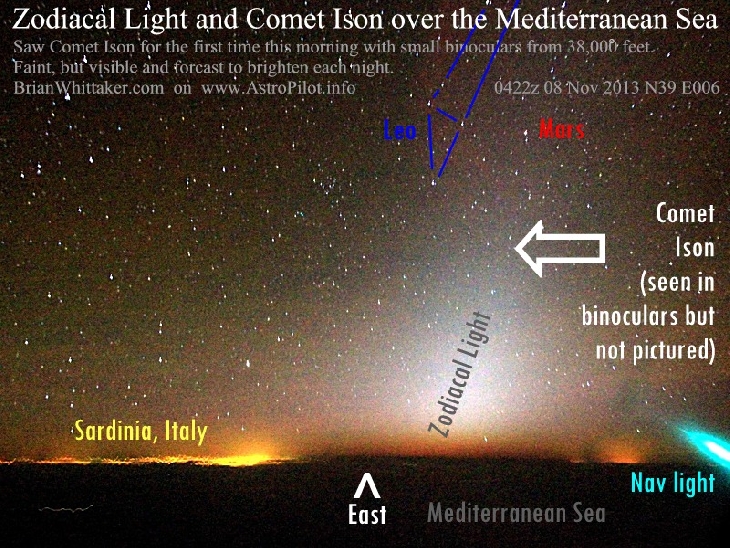OF THE
TIMES
Question, who is the greatest enemy of the US and the World? I totally agree with Dr Paul Craig Roberts conclusion . I dare say, very few of you...
"Romans before the fall were as certain as we are today that their world would continue forever, substantially unchanged. They were wrong." And...
Pretty crappy security detail to let this happen !
The wealthy should lead by example.
The real issue is that of universal human rights. We should all stand for such rights, and against special rights for those who have been tricked...
To submit an article for publication, see our Submission Guidelines
Reader comments do not necessarily reflect the views of the volunteers, editors, and directors of SOTT.net or the Quantum Future Group.
Some icons on this site were created by: Afterglow, Aha-Soft, AntialiasFactory, artdesigner.lv, Artura, DailyOverview, Everaldo, GraphicsFuel, IconFactory, Iconka, IconShock, Icons-Land, i-love-icons, KDE-look.org, Klukeart, mugenb16, Map Icons Collection, PetshopBoxStudio, VisualPharm, wbeiruti, WebIconset
Powered by PikaJS 🐁 and In·Site
Original content © 2002-2024 by Sott.net/Signs of the Times. See: FAIR USE NOTICE

Reader Comments
to our Newsletter